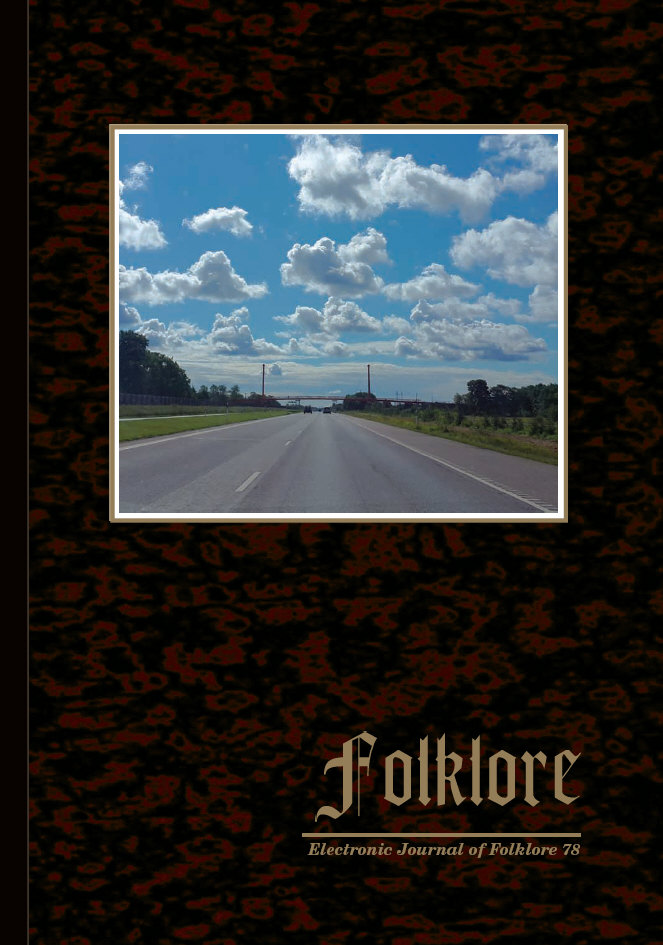Estonian Diaspora in Sweden: An Analysis of the Collection “Life Destinies” at the Swedish Nordic Museum
Estonian Diaspora in Sweden: An Analysis of the Collection “Life Destinies” at the Swedish Nordic Museum
Author(s): Maija RuncisSubject(s): Customs / Folklore, Cultural Anthropology / Ethnology, Culture and social structure , Migration Studies
Published by: Eesti Kirjandusmuuseum
Keywords: integration; multicultural society; national self-perception; reconstructing of history;
Summary/Abstract: History is of importance to society and for the individual, yet from different angles as is shown in the article. History matters, but whose history is told by the public archives and history museums? This article presents an analysis of the collection “Life Destinies – Estonian diaspora in Sweden”, which is preserved at the Swedish Nordic Museum. The interviews with Estonians in Sweden were conducted at the beginning of the 1980s. The Swedish self-perception of an inclusive multicultural society is dominating the interview project, and, before interviewing, Estonians were categorised as a well-integrated and well-educated group of migrants. However, the investigation of the transcribed interviews shows that Estonians tried to negotiate their own identity by telling about Estonian history as a way of anchoring their identity within an Estonian context, but the interviewers were not interested in this kind of storytelling because it was not “personal”. In this case the history of Estonia was not a part of “our” history, and, contrary to the aim of the project, it was unconsciously set apart from the latter by the interviewers. According to the guidelines of the project, Estonian refugees should be included within the museum’s collection as a part of “our” Swedish history. The interviewers defined the Estonian homes as typically Swedish ones. Negotiating their identity, Estonians tried to distance themselves from other groups of immigrants for different purposes. The Estonian self-image was marked by independence and good behaviour. A general opinion among the Balts was that migrants from the countries outside Europe received more caring support and benefits from the Swedish welfare state than the Baltic refugees.
Journal: Folklore: Electronic Journal of Folklore
- Issue Year: 2020
- Issue No: 78
- Page Range: 105-118
- Page Count: 14
- Language: English

